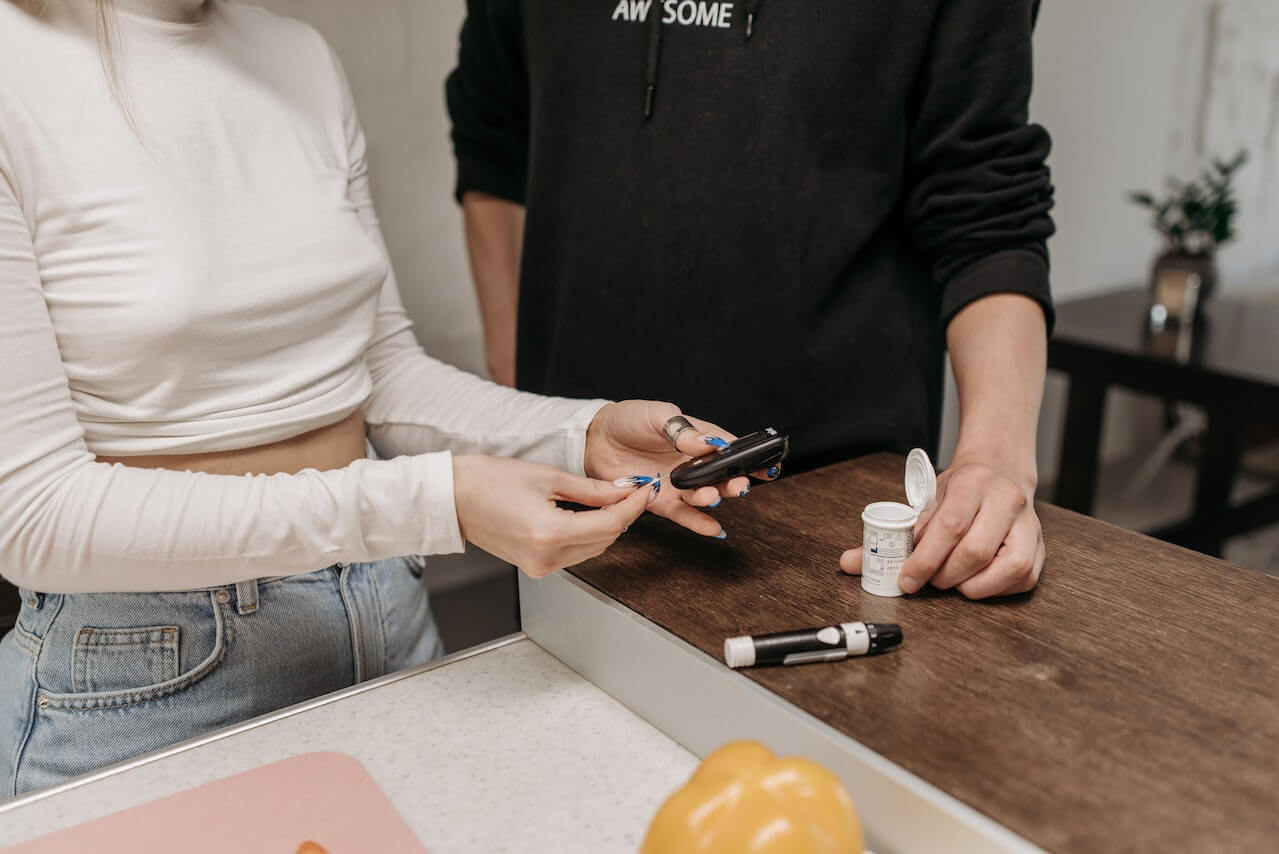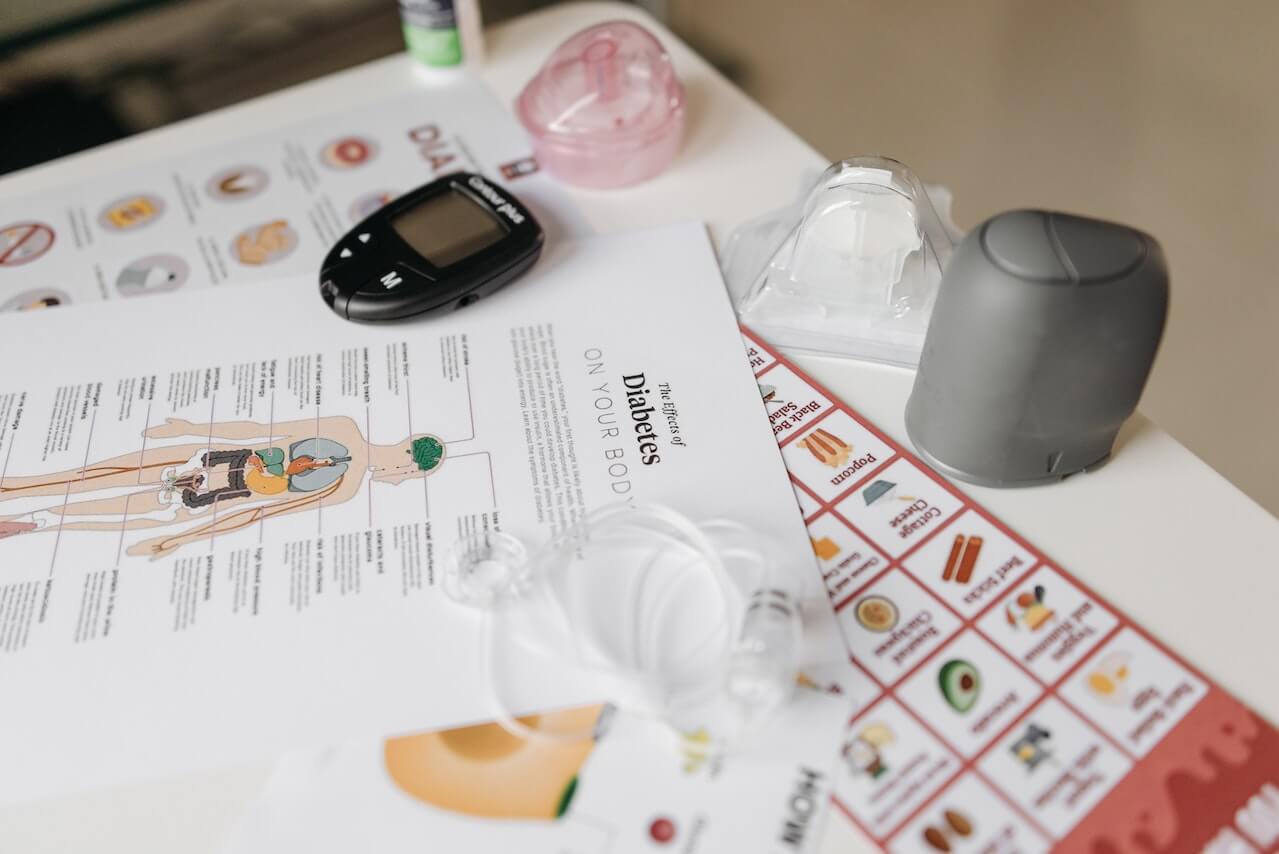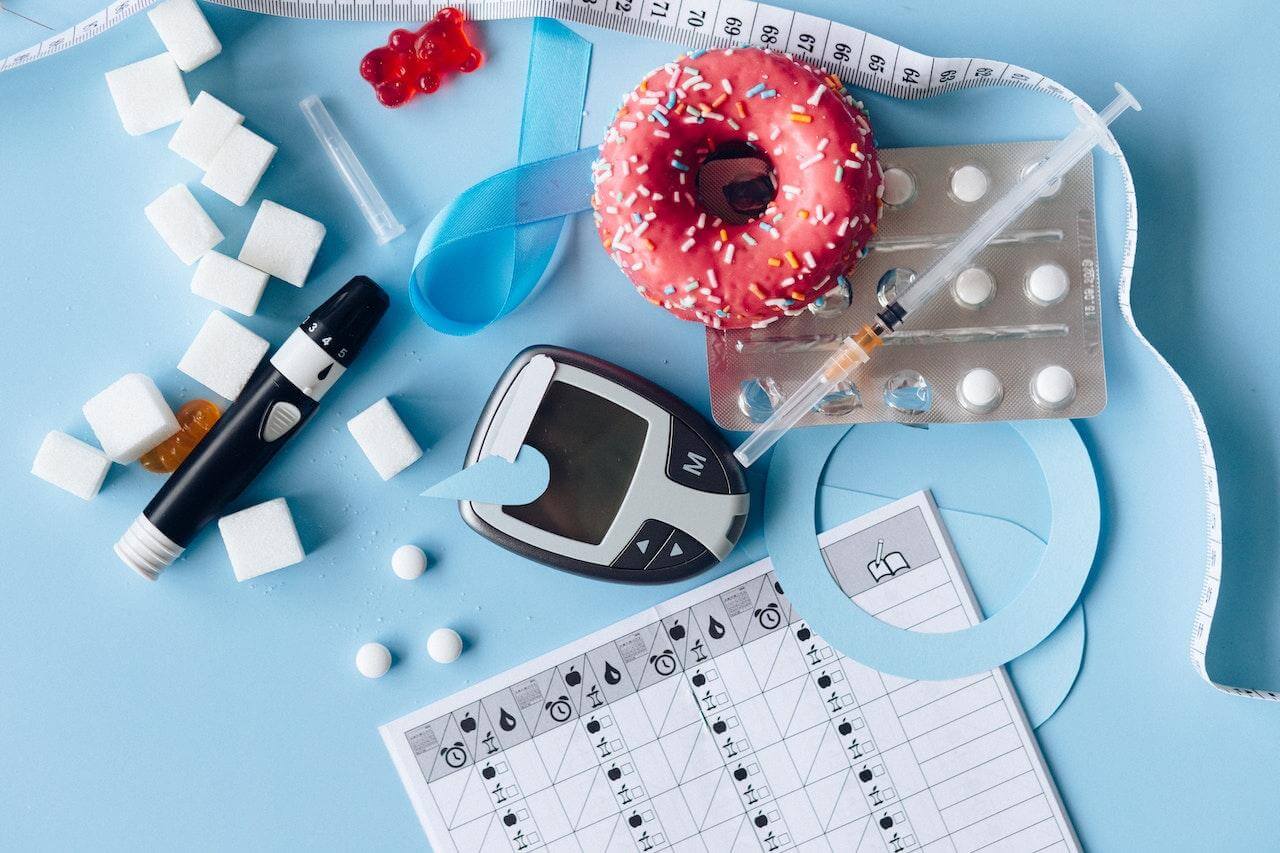Insulin is a hormone that the pancreas makes to allow your cells to use glucose from carbohydrates, the body’s primary energy source. But in some cases, the pancreas doesn’t function properly, and insulin resistance develops.
When your body doesn’t make insulin like it should, manufactured insulin can help control your blood sugar levels. Many different types of insulin injections are involved in diabetes care, grouped by how quickly their effects set in and how long they last. This article will review the insulin basics, covering the different types and their roles in managing diabetes mellitus.
{{mid-cta}}
Characteristics of Insulin
Insulin is essential for blood sugar control, but those living with diabetes mellitus may require insulin therapy. For example, type 1 diabetes develops when the pancreas stops making insulin, and type 2 develops when the pancreas doesn’t make enough insulin.
Everyone living with diabetes has unique insulin needs, and not all insulin operates the same. Insulin for type 2 diabetes may differ from insulin needed for type 1 diabetes. So, how do you choose the right insulin medication?
According to the American Diabetes Association, insulin has three characteristics that help determine its type and highlight its mechanisms. These characteristics include onset, peak time, and duration. Onset refers to the amount of time before insulin reaches the bloodstream and begins lowering your blood glucose levels. Insulin’s peak time is at its maximum strength, and duration reflects how long its effects continue to lower blood glucose levels.1
The different types of insulin will highlight different characteristics, helping you navigate your options to best control your blood sugars. Your doctor will explain how these characteristics play a role in your care.
What Are the Types of Insulin?
Insulin medications are grouped according to how long their effects last in your system. Some are better equipped for immediate needs, like at mealtimes, while others are designed to help manage general blood glucose needs. Your healthcare provider can help you navigate your insulin needs to best manage your blood sugar levels. Your diabetes education will cover the different types of insulin involved in your care.2
So, what are the five types of insulin? They include:
Short-Acting Insulin
Short-acting or regular insulin is often referred to as bolus insulin or mealtime insulin, as it’s usually taken a short time before eating. It takes approximately 30 to 60 minutes to start working, and its effects peak two to five hours after injection. Short-acting insulin typically lasts five to eight hours overall.
Your dose of short-acting insulin will depend on the amount of carbohydrates in your meal. More carbs mean increased insulin needs, but your doctor will provide guidance on your recommended dosing. These insulins are clear in appearance and do not settle when left untouched for a while. Most people who require short-acting insulin will also require longer-acting insulin.
Examples of short-acting insulin names include:
- Insulin regular (Humulin-R U-100, Novolin R, and Novolin R ReliOn)
Rapid-Acting Insulin
Rapid-acting insulin operates under a more predictable timeframe. So, what is a fast-acting insulin? Rapid-acting insulin begins working in approximately 15 minutes, so you can take it before meals to prevent your blood glucose from going too high when eating carbs.
It’s at maximum strength one to two hours after injection; however, its effects last between two to four hours. Like short-acting insulin, it is clear in appearance, and your dose will depend on the amount of carbohydrates in your meal. A rapid-acting insulin is typically used along with longer-acting insulin to best manage blood sugar levels.
Examples of rapid-acting insulin include:
- Insulin aspart (Fiasp, NovoLog)
- Insulin glulisine (Apidra)
- Insulin lispro (Admelog, Humalog, Lyumjev)
- Insulin human inhalation powder (Afrezza)

Long-Acting Insulin
Long-acting insulin, a basal insulin, is usually taken between meals and closer to bedtime. It typically reaches the bloodstream several hours after injection but offers a slow and steady release that can lower glucose levels for up to 24 hours.
Your doctor will advise you on your recommended dose, but most people who require long-acting insulin take it one to two times daily. These insulins also appear clear and can be combined with rapid- or short-acting insulins as prescribed.
Examples of long-acting insulin names include:
- Insulin Degludec (Tresiba)
- Insulin Detemir (Levemir)
- Insulin Glargine (Basaglar, Lantus)
Ultra-long-acting insulin operates similarly to long-acting insulin but can last 36 hours or longer. It’s usually taken between meals and bedtime, with onset around one hour after injection. Like other basal insulins, it is clear in nature.
Examples of ultra-long-acting insulins include:
- Insulin degludec (Tresiba)
- Insulin glargine (Toujeo)
Intermediate-Acting Insulin
Intermediate-acting insulin is also a basal insulin typically taken between meals and at bedtime. However, it typically reaches the bloodstream within two to four hours after injection. It will peak for four to 12 hours and last for about 12 to 18 hours.
Intermediate-acting insulin is cloudy and needs to be mixed well before use. It is typically injected once or twice daily and works day and night to provide you with low insulin levels around the clock. Like long-acting insulin, it can be combined with rapid- or short-acting insulin as prescribed.
Examples of intermediate-acting insulin names include:
- Insulin NPH (Humulin-N, Novolin-N, and Novolin ReliOn)
Mixed Insulin
Premixed insulin can be helpful for people who find it challenging to draw insulin out of two syringes. It can help ensure the proper insulin dose is administered. Not all insulins can be mixed, but many mixed insulin options include rapid- and intermediate-acting insulin.
They’re typically categorized by their ratios, such as 50/50, 75/25, and 70/30, with the first number representing the intermediate-acting insulin and the second representing the rapid-acting. The insulin will start to work as fast as the fastest insulin in the mixture and last as long as the longest-lasting insulin.
Examples of mixed insulins include:
- Novolin 70/30
- Humalog Mix 50/50

Insulin Devices
How and when to take insulin will vary between individuals, and needs can change over time. Insulin can be administered through different insulin injection devices that best address those needs.3
Insulin Pens
Some insulin pens are reusable, and some are disposable. Reusable pens use cartridges that are inserted into the pen, while disposable pens come prefilled and are discarded after use.
The insulin dose is dialed on the pen and injected through a small, thin needle. Many people appreciate that insulin pens are portable, but not all insulin can be administered through a pen.
Insulin Syringes
Insulin syringes come in various capacities, including 30 units (0.3 milliliters), 50 units (0.5 ml), and 100 units (1.0 ml). The syringe size will depend on your insulin dose, which your doctor will advise.
The needles are also available in different lengths, ranging from six to eight millimeters. Your doctor or certified diabetes healthcare professional can help you choose the right needle length to ensure a subcutaneous injection.
Syringes are disposable and intended for single use only. It’s important to rotate injection sites when using syringes to avoid abnormal fat deposits developing under the skin.
Insulin Pumps
Insulin pumps are small programmable devices that hold a reservoir of short- or rapid-acting insulin to be dispensed hourly or as needed. They are worn outside the body, usually on the abdomen, and administer insulin in the fatty tissue.
With your provider’s help, you can pre-program the pump to automatically deliver small amounts of insulin to stabilize blood glucose levels between meals. Additionally, pump users can instruct the pump to provide a round of insulin after food is consumed, similar to the role of the pancreas in those without diabetes.
Insulin Inhaler
Inhaled insulin is taken through an oral inhaler to deliver ultra-rapid-acting insulin at the start of a meal. The inhaler device is small, and its effects are quick. However, it is typically used in conjunction with an injectable long-acting insulin.
Side Effects of Insulin
Like all medications, insulin doesn’t come without disclaimers of potential side effects. However, your healthcare team can help you manage your insulin therapy to reduce your risks of complications as you work to increase your insulin sensitivity.
Major side effects to be mindful of can include:
- Hypoglycemia or low blood sugar
- Weight gain upon starting
- Lumps or scars at repeat injection sites
- Rashes at the injection site or, rarely, all over your body
Learn How To Manage Blood Sugar Levels with Signos’ Expert Advice
Managing blood sugar levels requires a holistic approach, and continuous glucose monitoring can be an incredibly valuable tool in your care. Signos’ CGM can help keep track of your blood sugar levels and give you insight into the impact of your food choices on your body. With a better understanding of your body’s needs, you can tailor your diet to fuel your best self. Knowledge is power, after all!
Want to learn more? Check out the Signos blog to learn more about nutrition, healthy habits, and how Signos can improve health. Find out if Signos is a good fit by taking a quick quiz!
- Item 1
- Item 2
- item 3
Topics discussed in this article:
References
- We fight to end diabetes. American Diabetes Association | Research, Education, Advocacy. (n.d.). https://diabetes.org/
- Feingold, K., Anawalt, B., Blackman, M., & et al. (2023, February 15). Insulin- pharmacology, therapeutic regimens and principles of intensive insulin therapy. National Library of Medicine. https://www.ncbi.nlm.nih.gov/books/NBK278938/
- Centers for Disease Control and Prevention. (2023, April 18). 4 ways to take insulin. Centers for Disease Control and Prevention. https://www.cdc.gov/diabetes/basics/type-1-4-ways-to-take-insulin.html
































